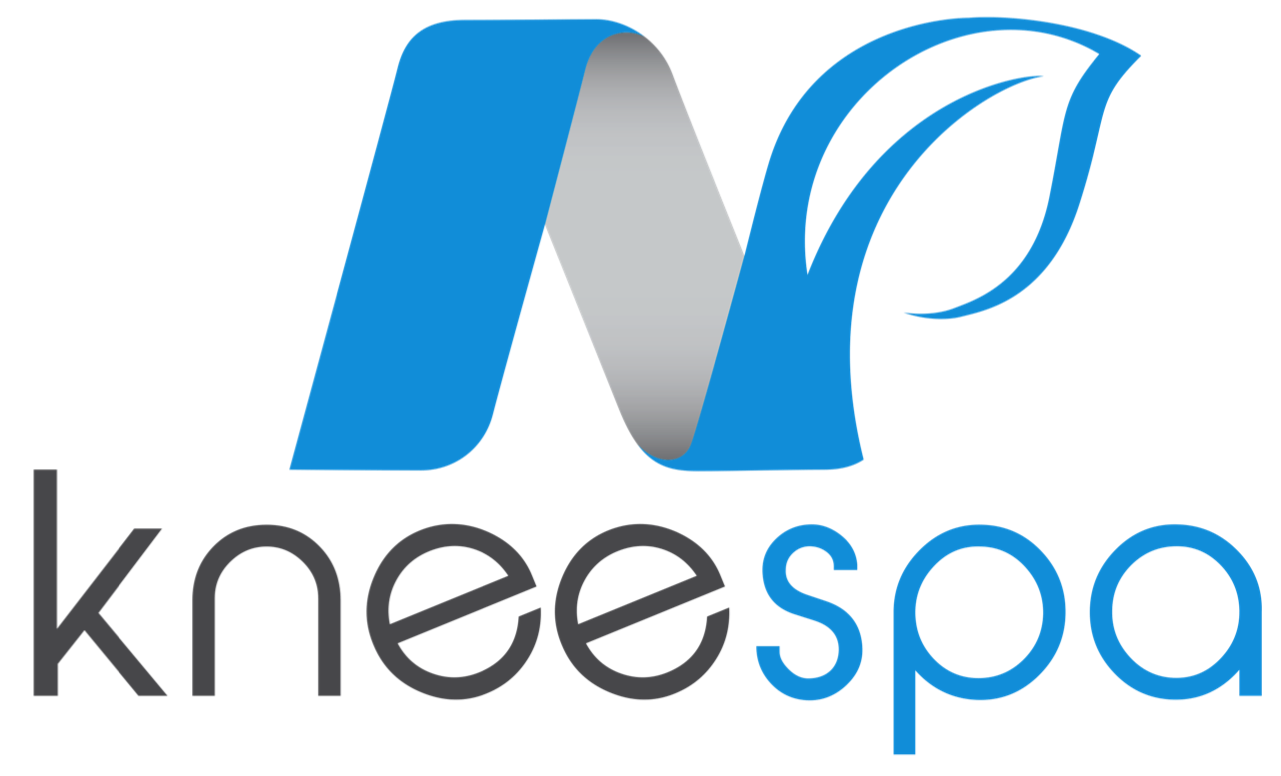 Barriers to Change Management: The 3 Evils of Change
Barriers to Change Management: The 3 Evils of Change
By: Kathlika Thomas
In an informal focus group this week, I surveyed parents who had tried instituting a household schedule for chores and household activity – cooking, cleaning, shuttling the children to little league… you name it.
Each parent agreed that their new plans for change in scheduling chores and assignments would inevitably fall apart after three weeks, maximum. They felt they were fated to endure the haphazard routine of maintaining their households no matter what processes they attempted to institute. Why?
Before I answer that question, ask yourself this: Do you find that your business is a lot like those households? Many project managers and business process managers will agree that enforcing organizational standards for business processes and instituting group change is not easy, even when those changes are for the overall good. Still, there are things you can you do to circumvent barriers to change management and overcome what I call the three evils of change: HABIT, APATHY, and REBELLION. All three have the power to instill varying degrees of exasperation, so here are a few tips on how to prevail.
1. HABIT – Mark Twain wrote “Habit is habit, and not to be flung out of the window by any man, but coaxed downstairs a step at a time”. The fact of the matter is that we are all creatures of habit. Your organization is no exception. As a PM, it’s your job to break through entrenched, unproductive routines to instill new, less wasteful processes for customer service, operations, human resources, etc. To do this, don’t be afraid to establish your own credibility as an expert in your field. After building trust in your experiences, present your case for why your organization should change for the better and back it up with real data.
Example:
“We are implementing a new intake process in the call center” …is much less convincing than
“Updates to our caller intake system will reduce data entry time by half and cut the number of clicks to give more time back to the representative”.
Know the data behind the change!
2. APATHY – “What’s in it for me?” Until you can answer this question for your stakeholders, it will be very difficult for you to serve as a change agent. Help them understand how the changes will make their jobs easier. What pain points will be relieved? What tasks that they currently dread will be alleviated? Taking time to document, present, and convince your team of the benefits of a new process is a failsafe method in paving the way to change. Also, emphasizing to stakeholders the “nothing in this life is free” notion will encourage continued improvements, and this can remain true even if they experience small setbacks along the way (e.g., glitches in a new technical solution or software that is a little difficult for them to learn).
3. REBELLION – Although not as often encountered, this is one of the barriers to change management that can be detrimental. Throughout your project management career, there will likely be at least one rogue stakeholder who will try to sabotage efforts to change processes. Put due diligence into who the key players are and the tasks that they perform to understand why that one in particular is bucking the system. Is a new software solution making their position redundant? Is upfront analysis of client processes exposing inadequacies that they would like to keep covered? Remaining sensitive to these issues can help you navigate the rough waters around organizational change. If you are weary of dealing with such rebellion head on, you can always defer to your project’s formal charter and share with all involved the executive sponsors’ desire to build a more efficient business. There is no shame in referencing the goals of someone above your own pay grade as a means to counteract an air of rebellion among end users or other stakeholders.
Your endeavor to be an agent for change does not have to be ill-fated like the households at the outset of this article. Awareness is key, and understanding the three evils and the methods to counteract them is half the battle. The other half lies with execution. Implementing change successfully and creating a support system for end users and stakeholders before, during, and after deployment of new processes will help enforce change and emphasize benefits.
How are your organizations changing for the better? How has counteracting barriers to change management helped to enforce new processes?
By: Kathlika Thomas




